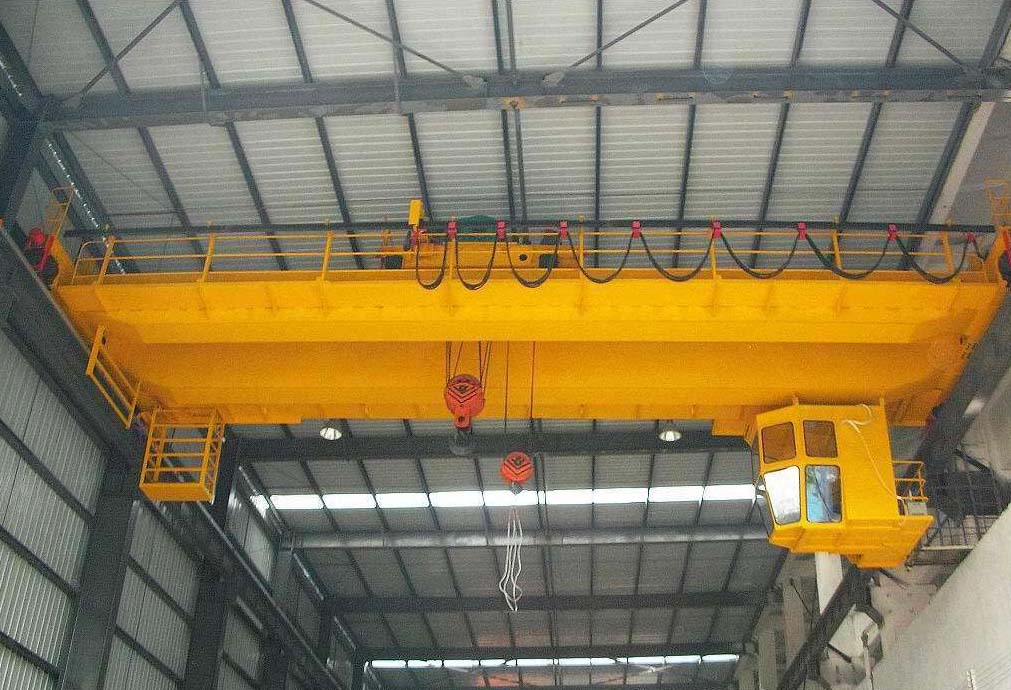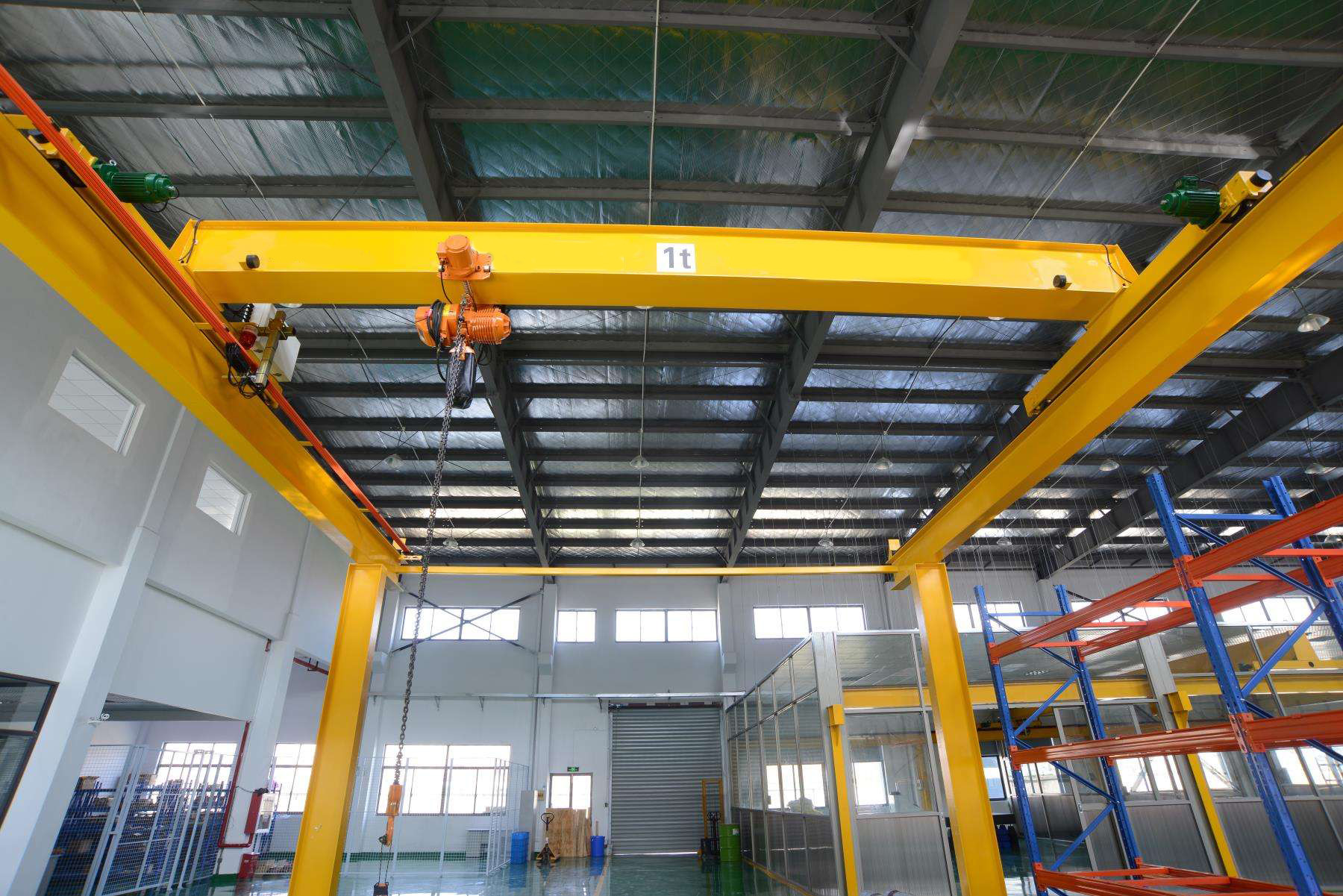So, what’s an overhead crane? Cranes are essential industrial machines that make the loading and unloading of different loads fast and convenient. It has a traveling bridge consisting of parallel runways which allow movement. The hoist manually or automatically travels along the bridge, helping to save money and time in the process. The functionality of these structures makes so many operations efficient, but with such great power comes some level of responsibility with one of the main ones being safety measures and precautions. Handling this machinery needs some level of finesse and caution to avoid a simple task turning catastrophic. Here are some safety regulations for workers working with overhead cranes.

Don’t Overload The Crane
This is a recurrent mistake amongst operators loading the lifting hook with a larger load than it’s capacity. An operator may be susceptible to assume that the crane can accommodate more as they try to finish the job in even less time. This action can, however, produce an opposite effect that can turn calamitous. Overhead cranes come with set lifting loads which the crane operators should calculate how much weight it can lift without having to exceed the limit. The safety concern here is that the lifting hook can break, dropping the load, and depending on its contents, it can lead to serious damage to the overhead cranes(las gruas viajeras) as well as persons in the work zone.
Wear Protective Gear
This may seem like a no-brainer, but you’d be surprised just how often workers need to be reminded. Safety and precaution while operating this heavy machinery is always better than risking it in the first place. As per OSHA regulations(regulaciones de OSHA), workers are expected to wear proper protection attire at all times. Just being around makes you susceptible to potential dangers and hazards.
Whether the machine has been inspected, maintained and safety operations are being followed, accidents may still occur. Protective clothing just makes sure that in such an occurrence, workers are protected from ensuing injury. Hard hats, for example, are an essential protection gear that operators wear guarding the head in the event of an impact. Gloves, on the other hand, protect slipping, goggles ensure sight is don’t inhibited by dust or debris or harmed. Reflective vests make all the workers visible and in line of sight while earmuffs are for noise and safety boots protect the feet.

Avoid Distractions
Paying attention and staying focused is an integral factor when it comes to overhead crane operation. Despite being a heavy utility machine(máquina pesada), overhead cranes are pretty sensitive structures. And even a single lapse in concentration can turn catastrophic. When operating cranes, the worker is expected to follow OSHA regulations like establishing clear lines of communication. Radios, hand signals, and audible warning signs are some great ideas. Distractions will most definitely lead to mistakes.
Make sure your company complies with the US safety and health administration body OSHA safety regulations for managing overhead cranes. Operators are liable for their actions on the job and their preceding consequences. Workers working with overhead cranes need to be trained, licensed, and understand the various signs, labels, and instructions.
